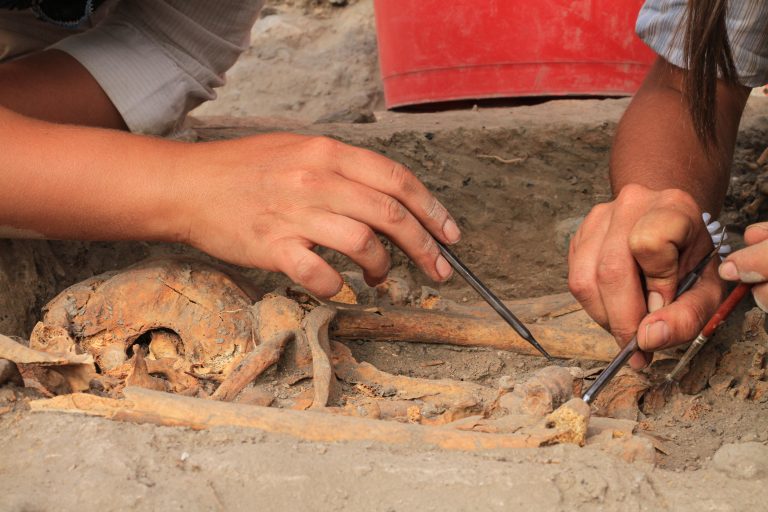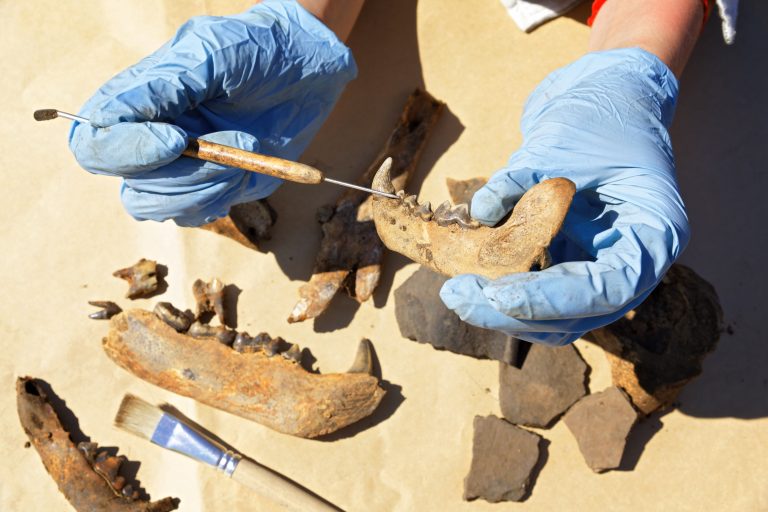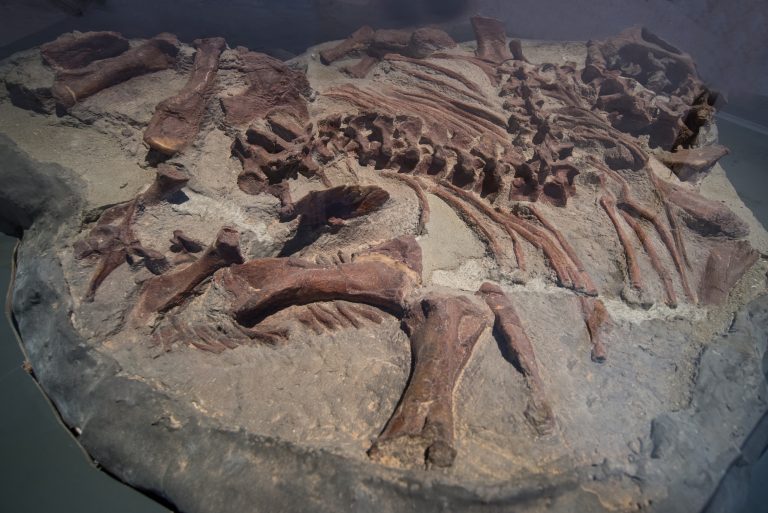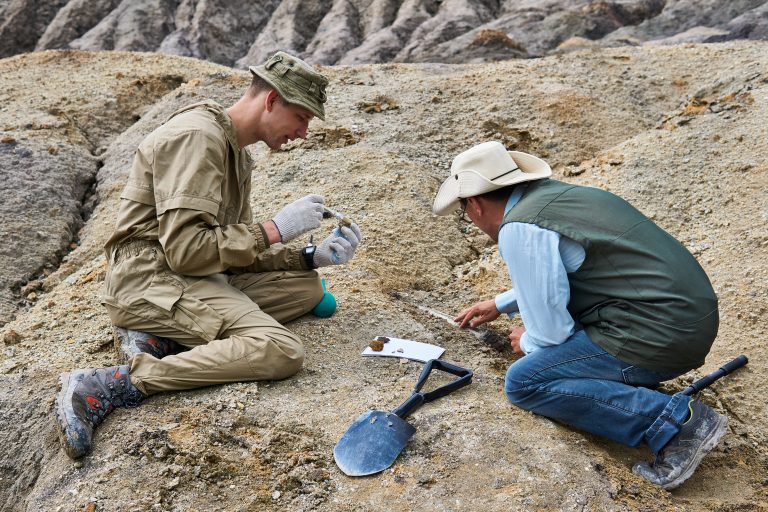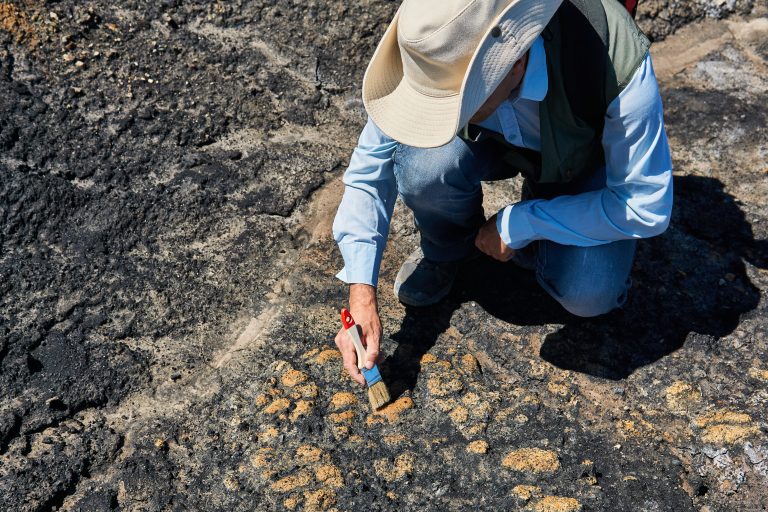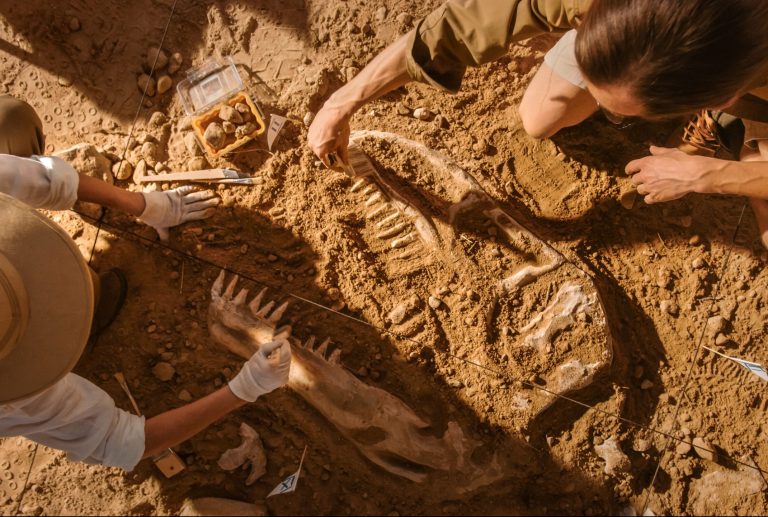5 Hidden Risks in Dinosaur Excavation Revealed

Imagine the thrill of uncovering ancient, colossal creatures from the depths of the earth. Dinosaur excavation, while exciting, is not without its hidden risks. Let’s unearth these challenges and ensure your next dig is both successful and safe.
Dinosaur excavation is an exciting journey into Earth’s past, blending discovery with meticulous planning and deep respect for history. Each dig holds the thrill of unveiling secrets hidden for 65 million years. From paleontologists’ dreams to unforeseen dangers, every reveal is a heartbeat-skipping moment, with triumphs accompanied by potential risks, both obvious and lurking beneath the surface.
1. Physical Hazards

Physical hazards are the most apparent risks on a dig. The terrain can be treacherous, with loose rocks and steep inclines waiting to trip up even the most careful explorer.
Excavation sites are often in remote locations, miles away from the nearest hospital (not exactly a stone’s throw away). Add to that the scorching sun, which can turn an exciting dig into an episode of survival. It’s not just about finding fossils; it’s about not becoming one.
Hey hey! Don’t forget to subscribe to get our best content 🙂
2. Chemical Exposure
Chemical exposure is a sneaky adversary. Preservation of fossils often involves the use of consolidants and hardeners, which can contain harmful chemicals. Inhaling or touching these without proper protection is like inviting a T-rex to lunch—you’re on the menu.
The dust at dig sites can also be laced with naturally occurring toxins like asbestos or even radioactive elements. It’s a cocktail that no one should sip on, even with a fancy umbrella.
3. Equipment Dangers

Excavation equipment is not for the faint-hearted. From jackhammers that shake the ground like a charging herd of Triceratops to precision tools that could easily cause injury if mishandled.
Heavy machinery, such as backhoes and cranes, are often necessary but can turn the site into a danger zone if not operated correctly. It’s like conducting an orchestra of mechanical beasts—each one requiring a maestro’s touch to avert disaster.
4. Environmental Impact
Our quest for knowledge should not come at the expense of the environment. Excavation sites can disrupt local ecosystems, turning the home of living creatures into a paleontological playground.
The impact can be as subtle as the vibrations from digging affecting underground habitats or as blatant as altering waterways. It’s a delicate balance—preserving the past without sacrificing the present.
5. Legal Complications

Navigating the legal landscape can be as tricky as walking on a bed of fossilized eggshells. Excavation often involves permits, land rights, and respecting cultural heritage. Ignoring these can lead to hefty fines or, worse, the confiscation of priceless artifacts. It’s not just about what you find, but also how you go about finding it.
Mitigation Strategies
Mitigation is the name of the game. Being proactive about safety can transform a risky dig into a rewarding one. It starts with thorough research and risk assessments, followed by implementing safety protocols. Regular training sessions for the team are as essential as a paleontologist’s trusty brush. It’s about being prepared for the worst while hoping for the best.
Safe Excavation Practices
Safe excavation is a craft in itself, blending knowledge with caution. It’s about taking the time to do things right—from wearing the proper gear to handling tools with care. Regular breaks to hydrate and rest under the shade are not just nice-to-haves; they’re must-dos. And let’s not forget the importance of clear communication on-site. After all, a team that digs together, stays safe together.
Conclusion: Digging Responsibly
Excavating these ancient behemoths is a privilege that comes with great responsibility. It’s not just about the thrill of discovery, but also about preserving history for future generations. By recognizing the risks and adhering to safe practices, we ensure that the only things left behind are our footprints and the only things taken are memories (and maybe a few fossils).
Dinosaur excavation is an adventure that demands our respect for history, safety, and the environment. When we dig with caution and care, we not only protect ourselves but also honor the ancient giants whose secrets we seek to uncover.

